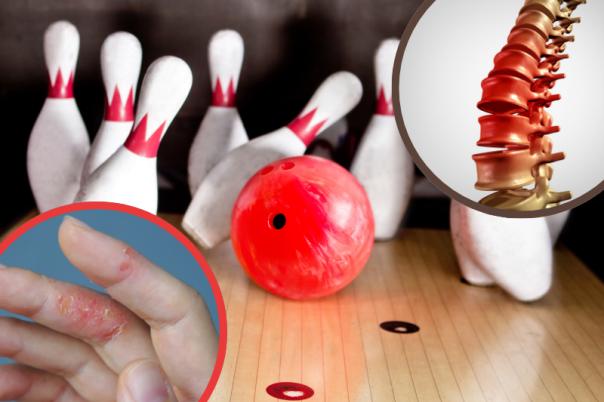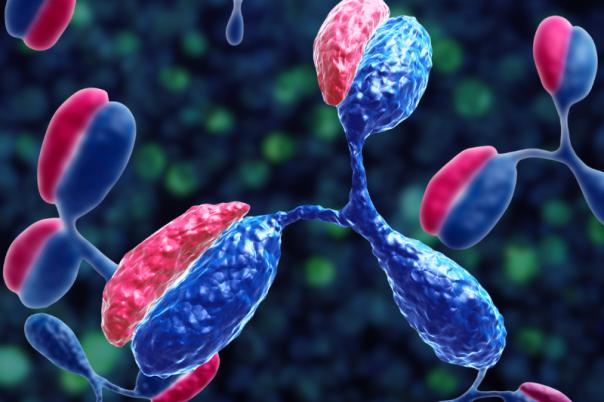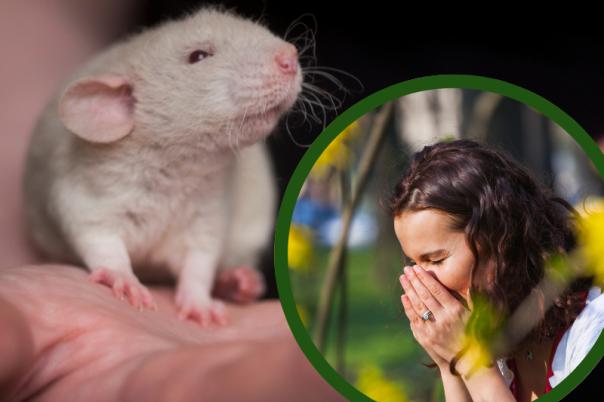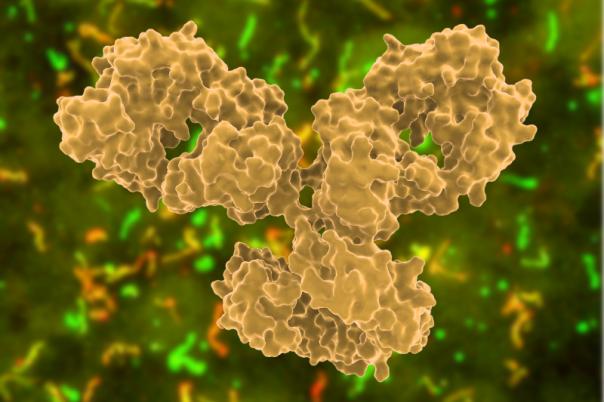Thierry Besson, Senior Scientist II at Novartis, and his team are responsible for designing new modalities via production, expression, purification, and analysis. In this presentation, he focuses solely on mass spectroscopy (MS).
Besson highlights the differences between denatured and native MS. Native MS is shown to be a powerful tool for characterizing a wide range of biotherapeutic molecules, maintaining the molecule's folded state and providing accurate mass measurements.
The presentation outlined how Native MS can be used for analysing various complex biotherapeutics, including cysteine-based and lysine-based antibody-drug conjugates (ADCs), noncovalent complexes, and antigen-antibody binding experiments.
Besson outlined case studies demonstrating the application of native MS. For example, it describes the analysis of a bispecific Fab format and a noncovalent trispecific complex, showing how native MS can confirm the formation and association of these complexes.
Explaining the native MS of the bispecific Fab format, Besson outlined how the different chromatograms eluted different retention times. “But when you start mixing them, you see different peaks appearing, meaning your antigens have started binding to your bispecific.”
Applying the technique to the noncovalent trispecific, Besson showed how it can be used to detect different forms of the molecule: “When you look at the different masses, the complex is dissociated during the chromatography, and you are able to detect the different forms. So, scFv 4 and 3 and the Fab which is of course the light chain and heavy chain together.”
The presentation also discussed the challenges and solutions for analysing oligonucleotide conjugates, particularly siRNA conjugated to antibodies. Native MS is used to ensure the molecule of interest is in a good state, overcoming limitations of classical chromatography methods.
Finally, Besson covered the analysis of adeno-associated viruses (AAVs) using native MS and charge detection mass spectrometry (CD-MS). This approach allows for the measurement of the mass and the full-to-empty capsid ratio, which is crucial for understanding the composition and quality of AAV preparations.
He outlined that: “there's two types of instrumentation: home built instrumentation which we don't have access to, and also Orbitrab UHMR which can do this kind of detection.”





